The average Amazon FBA returns rates vary from category to category on Amazon; the average typically sits between 5% and 15%. There are other categories, such as electronics, apparel, and jewellery, for which the return rate can reach 40%.
Amazon keeps its return rates under wraps, but estimates paint a big picture.
- Holiday season returns are on the rise! In 2021, the National Retail Federation reported a whopping 16.6% return rate on holiday purchases, a jump of over 56% from the previous year.
- Online shopping returns are even higher. The average online return rate in 2021 reached nearly 21%, up from 18% in 2020.
- Stores generating the most revenue had a 53% lower average return rate than those generating the least.
We all know that Amazon FBA (Fulfilment by Amazon) returns can be a double-edged sword for sellers and not a pleasant place to be while starting a business. Even while FBA offers much more convenience in order fulfilment, the returns on the other end can eat into profits.
Some Reasons Why FBA Returns Can Be a Problem
- The Seller needs to know whether the return is accepted, even when the fault lies with the buyer. Amazon will accept returns within a 30-day window, along with some exceptions, and deduct the cost from your account.
- The Seller will face the shipping cost for returns, which can cut profits, especially when dealing in lower-priced items.
- Amazon decides whether Amazon FBA returns if a returned product is sellable. If not, and they deem it customer-damaged, you won’t be reimbursed, and the product ends up in their disposal pile.
- Now that we have discussed the problems you could face, this is how you can minimise the impacts of FBA returns.
How to Tackle Them?
Provide Detailed Descriptions:
To make sure nothing goes wrong. You must provide detailed descriptions, including the dimensions, materials and functionality, to avoid misunderstandings leading to returns. Remember that the more detailed it is, the better your chances of getting lesser returns.
Clear And Professional Product Photos:
It is important to use clear and professional product photos to show your customers the condition and features of your items. Remember to keep it as detailed as possible to avoid misunderstandings.
Respond Quickly And Clearly:
You must respond quickly and clearly to your customer inquiries and offer excellent customer service to take care of any issues before they snowball into returns, resulting in a chain reaction.
Analyse: Why?
You will need to analyse why customers return your products and work on rectifying it. This will help you identify areas for improvement in packaging, descriptions or the product itself.
AMAZON'S FBA POLICY:
Amazon FBA returns fall under Amazon’s decision whether a returned item is sellable. If the product seems unsellable due to damage done by the customer, you won’t get reimbursed, and the item gets disposed of.
To learn more about Amazon FBA Returns’ official return policy, you will find it in detail here.
Amazon FBA Return Fees:
The sellers are charged returns processing Amazon FBA return fees for Amazon FBA returns for the following categories:
Apparel
Watches
Jewellery
Shoes, Handbags, and Sunglasses
Luggage
Restocking Fee:
In some cases where a returned item has been opened, Amazon FBA returns may be charged to the customer a 20% restocking fee, which will be credited back to the Seller’s account. However, there is a condition that if you’ve already received a reimbursement for the returned item due to it being damaged under Amazon’s control, then you will not receive the restocking fee credit.
What Products Can Be Returned?
To quickly explain the Amazon FBA returns FBA policy, here’s a short summary.
Return Window:
Usually, the customers have within 30 days after receiving the item for initiating a return. Moreover, there can be some exceptions for categories like baby and fragile items.
Who Decides on Returns:
Amazon decides Amazon FBA returns on whether a return is accepted or not, regardless of the reason.
Cost of Returns:
Amazon Amazon FBA returns cost sellers an average of $582 per year. The Seller will be responsible for the Amazon FBA return shipping costs.

What To Consider
When it comes to Amazon FBA returns, there are many things you need to consider. But to keep it concise, we’ll discuss the top 3 things that will help you stay within the guidelines and keep a good record with Amazon.
Who Gets Charged?
- It depends on whether the customer actually returns the item and its condition.
- You get reimbursed if the customer doesn’t return it within 45 days.
- If it comes back in good shape, no worries!
- If it’s damaged, Amazon figures out who’s to blame
- Did they (or the delivery company) break it? You get your money back.
- Did the customer mess it up? You cover the cost of their Amazon FBA returns.
Sellable vs. Unsellable:
- Amazon decides if the returned item can be sold again.
- Perfect condition? Great, it goes back in your stock.
- Damaged or broken? They check who’s responsible.
Disputing Amazon FBA Returns:
- Think a customer lied about a defect? You can fight it!
- Ask Amazon to send it back for inspection.
- Prove it’s not faulty, and you might get your money back.
How 3PL Logistics Eases the Amazon FBA Returns Process
Amazon FBA can be a good starting point for order Fulfilment and Amazon FBA returns. A starting or fresh business or even a sustainable business might offer a different solution than you expect for your business(es) that provides a unique brand experience for those that sell across multiple channels. As your business grows, you’ll likely want more control over your returned inventory and a smoother returns process.
This is where a third-party logistics provider (3PL logistics) like Prolog Fulfilment comes in and can be a game-changer. Prolog Fulfilment can offer you Fulfilment by Merchant (FBM) orders and provide a user-friendly interface to manage your Fulfilment, Amazon FBA returns, inventory, and customer communication.
Understanding how outsourcing Fulfilment to a 3PL logistics company like Prolog Fulfilment can help you face the abovementioned challenges. Go through the passage below.
Communication With The Customer:
Prolog Fulfilment handles your inventory management, order Fulfilment, and Amazon FBA returns while keeping your customers informed about the status of their orders and Amazon FBA returns.
This includes features like providing customers with return labels, sharing Amazon FBA returns tracking information, and even integrating systems that automatically send text message updates on returns and refunds.
Manage Your Inventory:
When your customer’s items are Amazon FBA returned to Prolog Fulfilment’s Warehouses, you have the flexibility to choose how you want the items handled, which will be mentioned in the Terms and Conditions before beginning your journey with Prolog Fulfilment.







